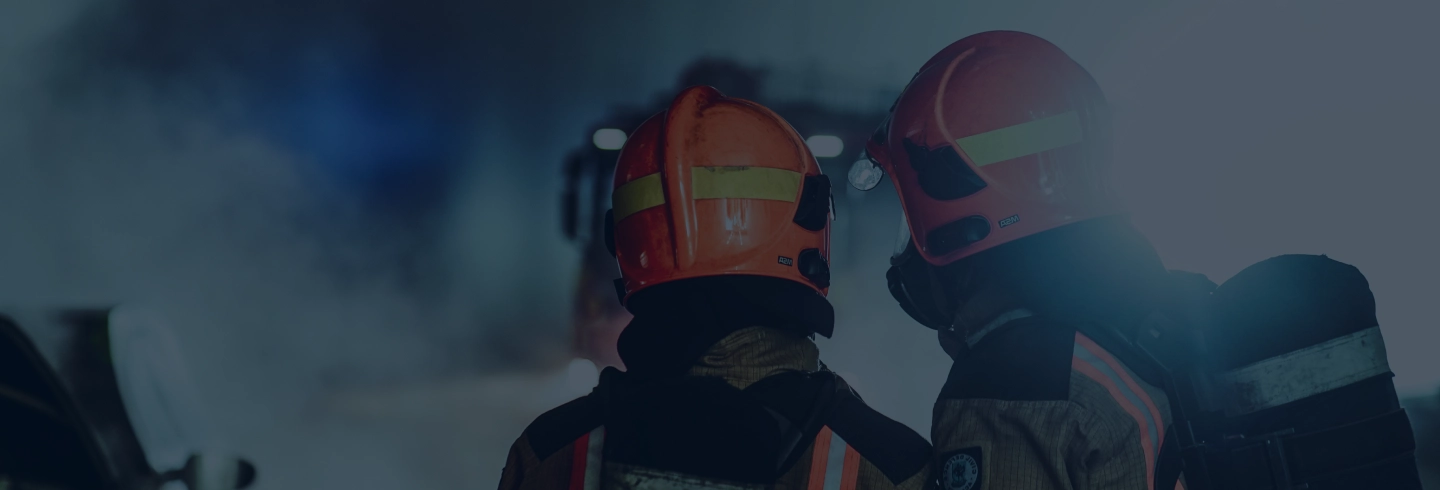Please enter a keyword to search
In addition to the aforementioned requirements this chapter, the following requirements apply to these specific regulated fire safety products.
11.8.1 Composite panels
a. For composite panels used as cladding, samples of composite panels, except for honeycomb panels, shall be taken from every project site for surveillance testing, as stated in Table 11A. If there is no testing from project sites for the surveillance window, the surveillance test is to be conducted annually.
Note: For honeycomb panels, the requirement for testing of samples from project sites as part of the surveillance regime will be introduced at a later stage.
b. For composite panels used as cladding or roofing, CoC holders shall ensure that critical product information is printed on the composite panels, as well as their protective film, for traceability. The printing shall be legible, permanent and conspicuously located, such that the information is readable on each panel. The critical product information shall, at minimum, include:
1. Product brand and model;
2. CoC reference number;
3. Fire performance; and
4. Date of manufacture.
11.8.2 Fire-rated doors
a. Requirements for CoC
(1) The brand, model and test report number of hardware shall be displayed on the CoC, including, but not limited to:
(a) Door closer (excluding surface-mounted door closers and floor springs);
(b) Locks and latches (electromechanically operated);
(c) Door coordinator devices;
(d) Door bolts;
(e) Lever handles and knots;
(f) Mechanical locks and latches;
(g) Emergency exit devices;
(h) Panic exit devices;
(i) Single axis hinges;
(j) Cylinders for locks; and
(k) Mechatronic cylinders.
(2) Fire-rated doors of different fire-ratings shall be issued with separate CoCs (i.e., one CoC for each fire-rating), unless all of the following requirements can be met:
(a) the product manufacturer is identical;
(b) the composition (e.g., construction materials) is identical;
(c) the fire seal (e.g., intumescent seal) is identical;
(d) the design (e.g., vision panel) is identical;
(e) the thickness is at least as thick as the prototype test sample; and
(f) the CB assesses that listing the products together does not compromise the assessment of whether each product is compliant.
For example, if a ½-hr and 1-hr door are both manufactured by the same manufacturer, are of identical composition, fire seal, design, etc. these may be listed together, subject to the CB’s assessment that grouping the models does not compromise the assessment of whether each is compliant. However, if the 2-hr model is of a different composition, the 2-hr door should be listed with a separate CoC.
b. Requirements for door closers
(1) Door closers (regardless if concealed, surface-mounted or floor-mounted) shall have their own CoCs.
(2) The 6-digit coding system indicating the performance of the door closer, as stipulated in EN 1154, shall be imprinted on the door closer.
(3) The following statement shall be included in the appendix of the CoC:
“For surface-mounted door closers, the selected door closer shall meet the performance requirements needed for the respective fire-rated door, in accordance with SS 332 Cl 6 Annex C.
Surface-mounted door closers tested with uninsulated fire-rated doors can be installed on insulated or uninsulated fire-rated doors (subject to the maximum fire-rating attained by the door closer in a fire test). Surface-mounted door closers tested with insulated fire-rated doors can only be installed on insulated fire-rated doors.
Floor-mounted door closers (floor spring) shall only be installed on fire-rated doors, subject to the maximum fire-rating attained by the floor spring in a fire test.”
c. Requirements for digital locksets
(1) Digital locksets shall have their own CoCs.
(2) Digital locksets tested on uninsulated fire-rated doors can be used on insulated or uninsulated fire-rated doors.
(3) Digital locksets tested on insulated fire-rated doors shall only be used on insulated fire-rated doors, unless otherwise assessed by a test laboratory recognised as stated in Cl.11.3.4b..
(4) Notwithstanding (2) and (3), the fire resistance rating of the digital locksets shall be higher than or equivalent to the fire-rated door.
d. Clustering of surveillance test
The surveillance test result for one CoC for a fire-rated door shall not be used to fulfil the surveillance test requirements of another CoC issued by the same CB, unless all of the following requirements are complied with:
(1) The surveillance test is conducted within the surveillance window for all the CoCs the test is intended to fulfil;
(2) The product manufacturer, composition, fire seal, design and fire rating of the products are identical;
(3) Where the surveillance test is meant to fulfil the surveillance requirements of products with different fire-ratings, the test shall meet the testing requirements of the product with the highest fire rating; and
(4) The CB assesses that the sharing of surveillance tests results does not compromise the assessment of whether each product is compliant.
Updated 3 Sep 2025

